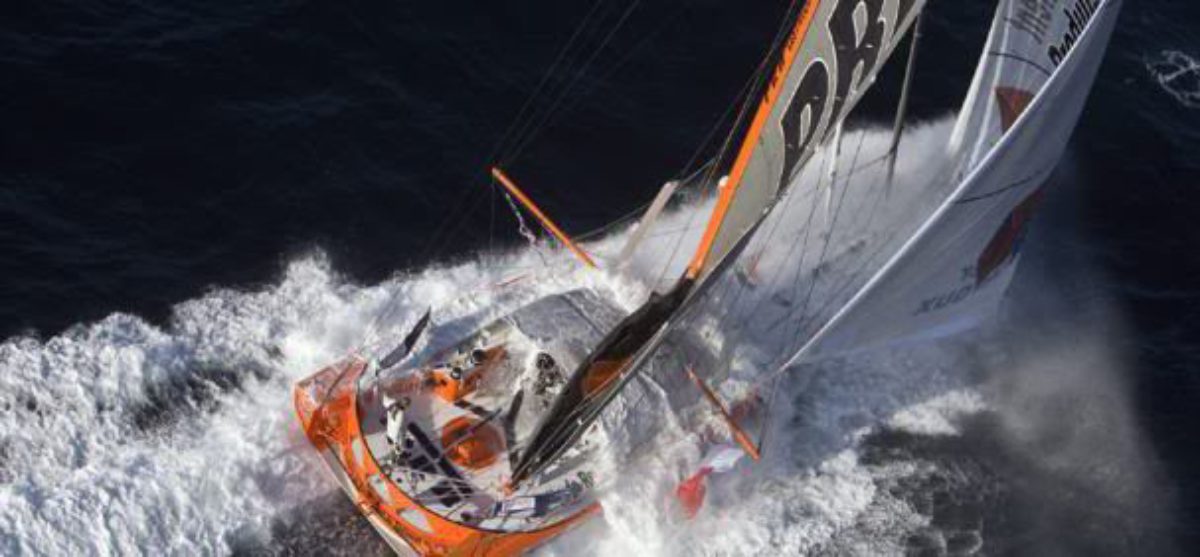Events might be mere flecks of foam in the surf, foam flowers, whereas the real movers are the tides and the swells. The swell of the wave, the cresting and curling, makes the ephemeral bubbles. These are conditions along the boundaries. We humbly seek from our vantage point in the flecks of foam to embrace the swell, the wave, the tide.
Here, discussing Aristotle, I wrote: “… I have an idea that the Universe is infinitely malleable, which idea, I think, has its roots in the principles stated here. My notion that the Real is akin to a fractal, I think, is also bound up in these concepts. It is infinitely self-inventing, and every instantiation increases and enriches the pregnancy for ensuing evolution. All that will ever be is already actual in the “beginning” even though all that will ever be is an elaboration on the infinite stream of prior instances. Every new instance is a new beginning and a new boundary for the new. Every new instantiation is an elaboration of its predecessor. And, our heavens are self made as are our hells…”
Then a few days ago I found this from theoretical physicist, father of the theory of eternal chaotic inflation, Andrei Linde:
“Think about it this way: previously we thought that our universe was like a spherical balloon. In the new picture, it’s like a balloon producing balloons, producing balloons. This is a big fractal. The Greeks were thinking about our universe as an ideal sphere, because this was the best image they had at their disposal. The 20th century idea is a fractal, the beauty of a fractal. Now, you have these fractals. We ask, how many different types of these elements of fractals are there, which are irreducible to each other? And the number will be exponentially large, and in the simplest models it is about 10 to the degree 10, to the degree 10, to the degree 7. It actually may be much more than that, even though nobody can see all of these universes at once.
“Soon after Alan Guth proposed his version of the inflationary theory, he famously exclaimed that the universe is an ultimate free lunch. Indeed, in inflationary theory the whole universe emerges from almost nothing. A year later, in the proceedings of the first conference on inflation in Cambridge, I expanded his statement by saying that the universe is not just a free lunch; it is an eternal feast where all possible dishes are served. But at that time I could not even imagine that the menu of all possible universes could be so incredibly large.”
I would also submit for consideration something I’ve noted before from Michael Hanlon. On the multiverse:
“The ‘many worlds’ interpretation of quantum physics was first proposed in 1957 by Hugh Everett III… It states that all quantum possibilities are, in fact, real. When we roll the dice of quantum mechanics, each possible result comes true in its own parallel timeline. If this sounds mad, consider its main rival: the idea that ‘reality’ results from the conscious gaze. Things only happen, quantum states only resolve themselves, because we look at them. As Einstein is said to have asked, with some sarcasm, ‘would a sidelong glance by a mouse suffice?’ Given the alternative, the prospect of innumerable branching versions of history doesn’t seem like such a terrible bullet to bite.”
Marcel Proust wrote in Remembrance of Things Past that “Reality takes shape in memory alone.” I agree. This comports nicely with the notion that ” ‘reality’ results from the conscious gaze.” Whether this is true, I don’t know. What if the whole thing is self aware, or some permutation thereof?
“It is infinitely self inventing” has the same sentiment, I think, as the Linde postulate.
